According to the assessment of functional agencies, the work of ensuring food safety and hygiene (FSH) in the province has had remarkable changes in recent times.
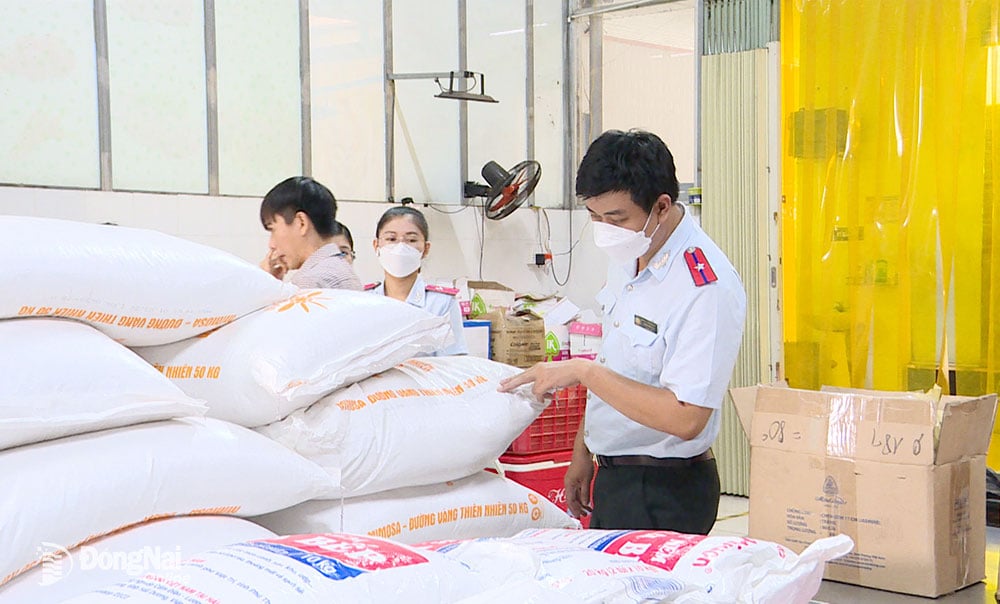 |
| The province's interdisciplinary inspection team conducts a surprise inspection of food safety and hygiene at a food production and trading establishment in the province. Photo: PQ |
However, there are still many concerns about food safety and hygiene. Handling individuals and organizations violating food safety and hygiene needs to be stronger to ensure general deterrence and prevention.
* Main violations
Mr. Nguyen Dinh Quang, Deputy Captain of Team 3 of the Environmental Crime Prevention Police Department of the Provincial Police, said that recently, the situation of buying, selling, and slaughtering animals without permission, slaughtering sick animals, dead animals; transporting and consuming animals and animal products of unknown origin still occurs. The violators are slaughterhouses, emerging in Bien Hoa City, Trang Bom, Thong Nhat, and Xuan Loc districts.
In addition, there is also the use of substances, chemicals, food additives, and food processing aids of unknown origin, not on the list of permitted uses for food processing. The focus is on the owners of facilities that process animal products and frozen foods, mostly in Trang Bom, Long Thanh, and Bien Hoa.
The province currently has 49 animal slaughterhouses operating under the control of veterinary agencies with an average capacity of 60 buffaloes and cows, more than 2,100 pigs and 40,000 chickens per day. |
Meanwhile, according to Nguyen Cong Thanh, Head of the Thong Nhat District Health Department, there are currently 32 collective kitchens in preschools, kindergartens, and childcare groups in the district. Food safety inspections at 7 kitchens in the first quarter of 2023 showed that schools all purchased food of clear origin and did not use frozen food for the day. Employees who directly come into contact with food have valid health certificates and are trained in food safety knowledge...
However, there are still some difficulties in ensuring food safety in schools, such as: the recording of sample logs and the recording of the 3-step inspection book of some schools are not specific, and many contents are still left blank according to regulations.
Overall, the water source in the district currently has a PH level of
The value of each meal at schools is still low, mostly under 25,000 VND/meal (including: lunch, snack, milk) while the price of input food is increasing, making it difficult for schools to choose food as well as food suppliers to ensure nutrition.
* Strong handling to deter
According to Mr. Nguyen Dinh Quang, the process of implementing the task of prevention and combating violations in the field of veterinary medicine and food safety by the police force still encounters many difficulties. Violators are increasingly sophisticated with many methods to cope with detection and inspection by authorities. Legal documents are not strict. The penalty for violations is still low, lacking deterrence.
In particular, the police force has not been trained in food and veterinary sampling. Therefore, when detecting and handling food safety incidents, it is necessary to coordinate with other agencies to collect samples. For incidents outside of working hours, relevant agencies do not arrange for sample collection staff to work, causing difficulties in this matter.
In 2022, the provincial police force detected and handled 165 cases of administrative violations in veterinary medicine and food safety. Thereby, 135 subjects were fined with a total amount of more than 2 billion VND. 27.7 tons of animal products and food in violation were handed over to the authorities for destruction, and 2 subjects were prosecuted for slaughtering 17 pigs infected with African swine fever. |
For violations such as: using additives, chemicals of unknown origin in food processing, the process of handling violations requires time to temporarily detain the evidence of food for analysis and appraisal. However, this is a special type of evidence, easily damaged, there must be time to wait for sample collection and analysis to serve as a basis for handling. However, there is currently no document regulating the process, method, responsibility, and location for preserving fresh food to temporarily detain the evidence. In the province, there is also no location or warehouse to store the evidence of violations. This makes it difficult to temporarily detain and store samples for investigation and verification.
Regarding animal slaughter in the province, Mr. Le Minh Han, Deputy Head of the Department of Rural Development and Quality Management of Agriculture, Forestry and Fisheries (Department of Agriculture and Rural Development) said that there are 3 types of animal slaughter facilities currently existing in the province, including: centralized slaughter facilities, temporary slaughter facilities and illegal/unlicensed slaughter points. In 2022 and the first 3 months of 2023, departments, branches and localities have inspected and handled hundreds of violations in the activities of slaughtering, preliminary processing, processing, transporting, trading animals, animal products and veterinary hygiene in the area.
According to Mr. Han, in the province, there is still a situation of small-scale, manual animal slaughtering that does not ensure food safety and hygiene, such as: slaughtering on brick floors, in small areas, and with inadequate equipment. Many cases of illegal animal slaughtering, selling livestock, poultry and livestock and poultry products that have not been quarantined, especially in temporary markets and on sidewalks, pose many potential risks of disease outbreaks, affecting the health of consumers.
In addition, authorities in some places are still negligent in handling unlicensed slaughterhouses. The handling of violations of quarantine, slaughter control, veterinary hygiene, and food safety is not thorough, and sanctions are not strong enough to deter. Animal slaughterhouses do not have a correct understanding of veterinary hygiene and food safety, but only pursue immediate benefits and do not comply with the regulations on bringing animals to centralized slaughterhouses. There are still a number of consumers who accept the use of foods of unknown origin, not controlled or certified by competent authorities, thus inadvertently creating conditions for unlicensed slaughterhouses to exist.
Hanh Dung
.
Source link










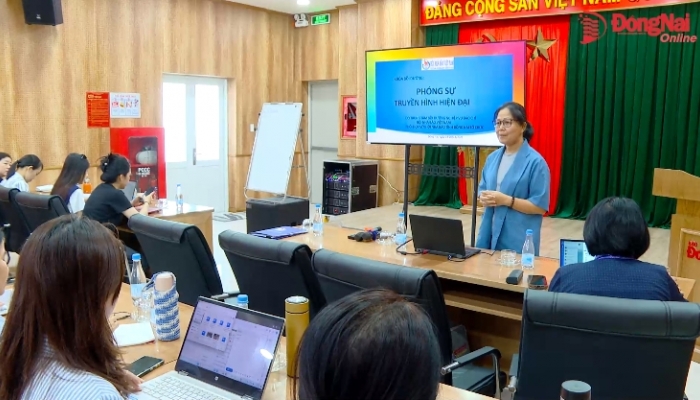

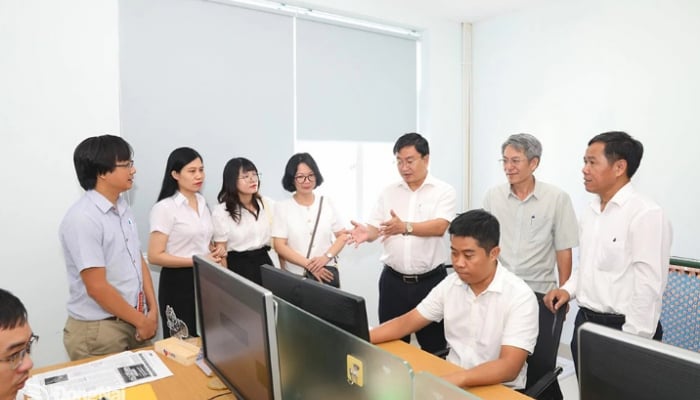



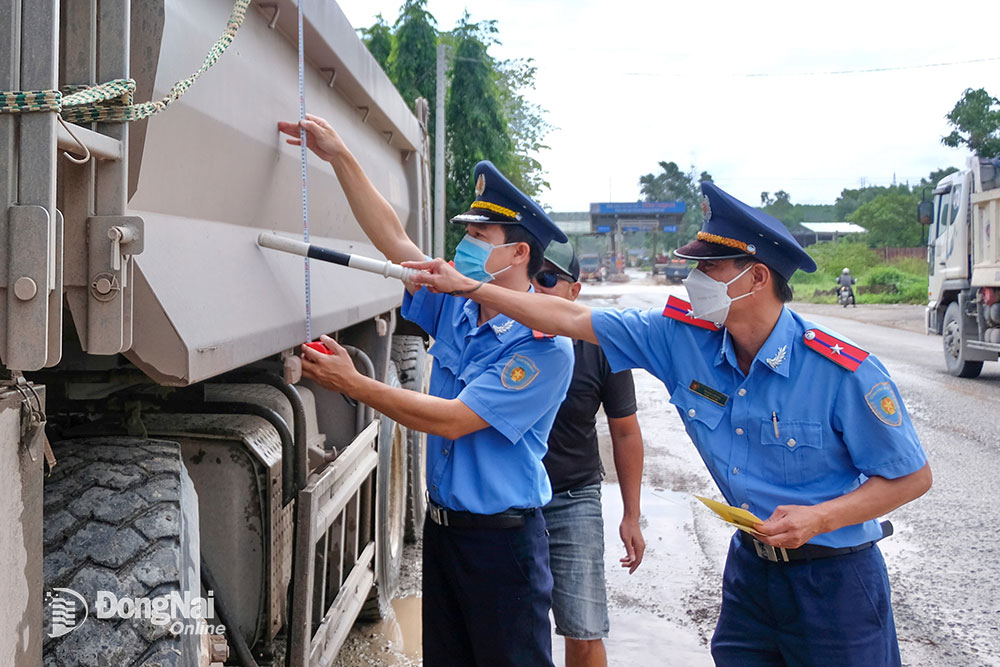

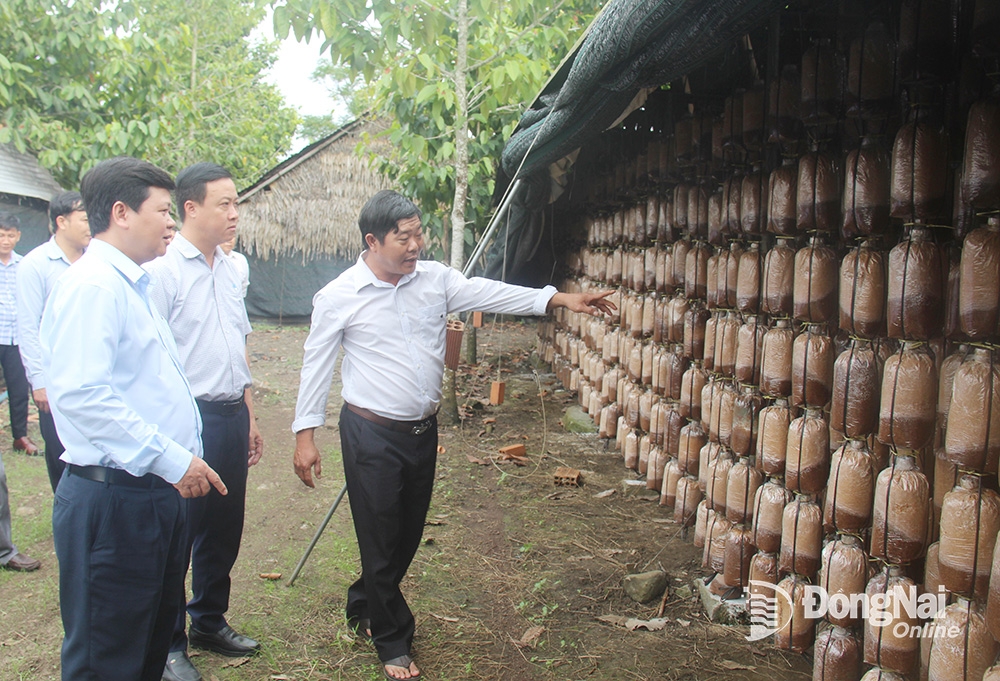
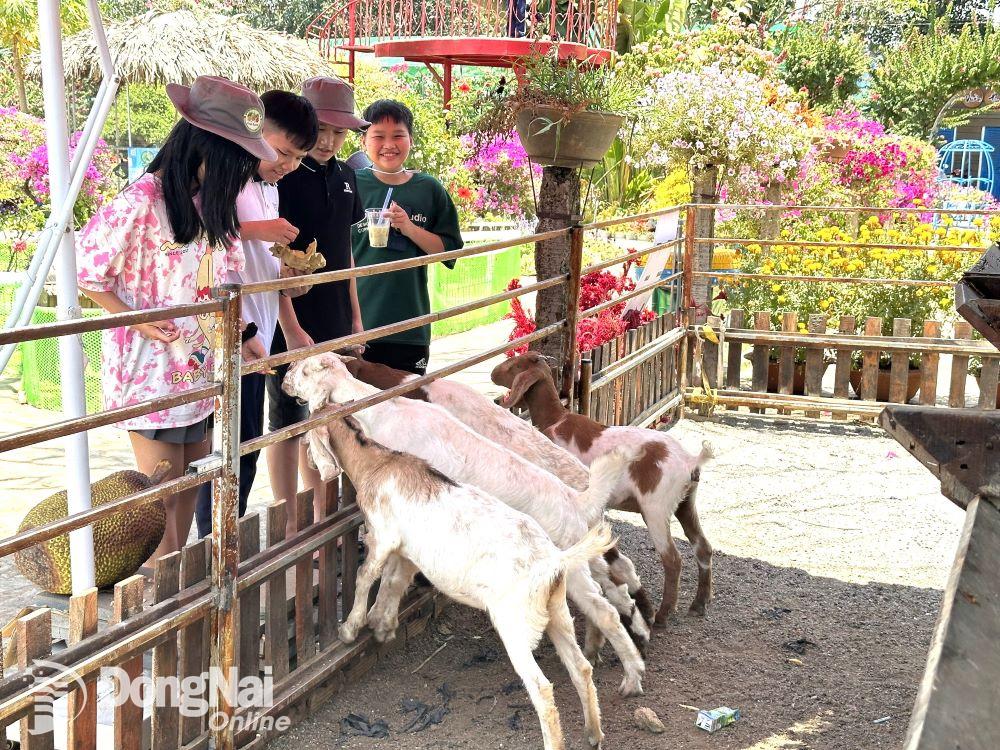
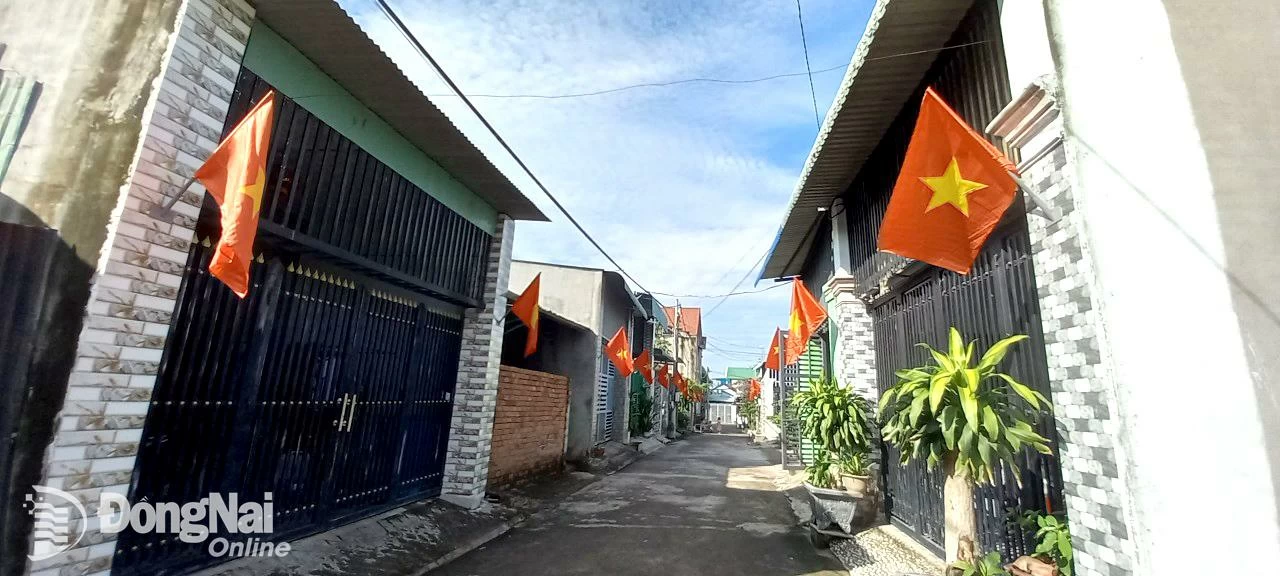





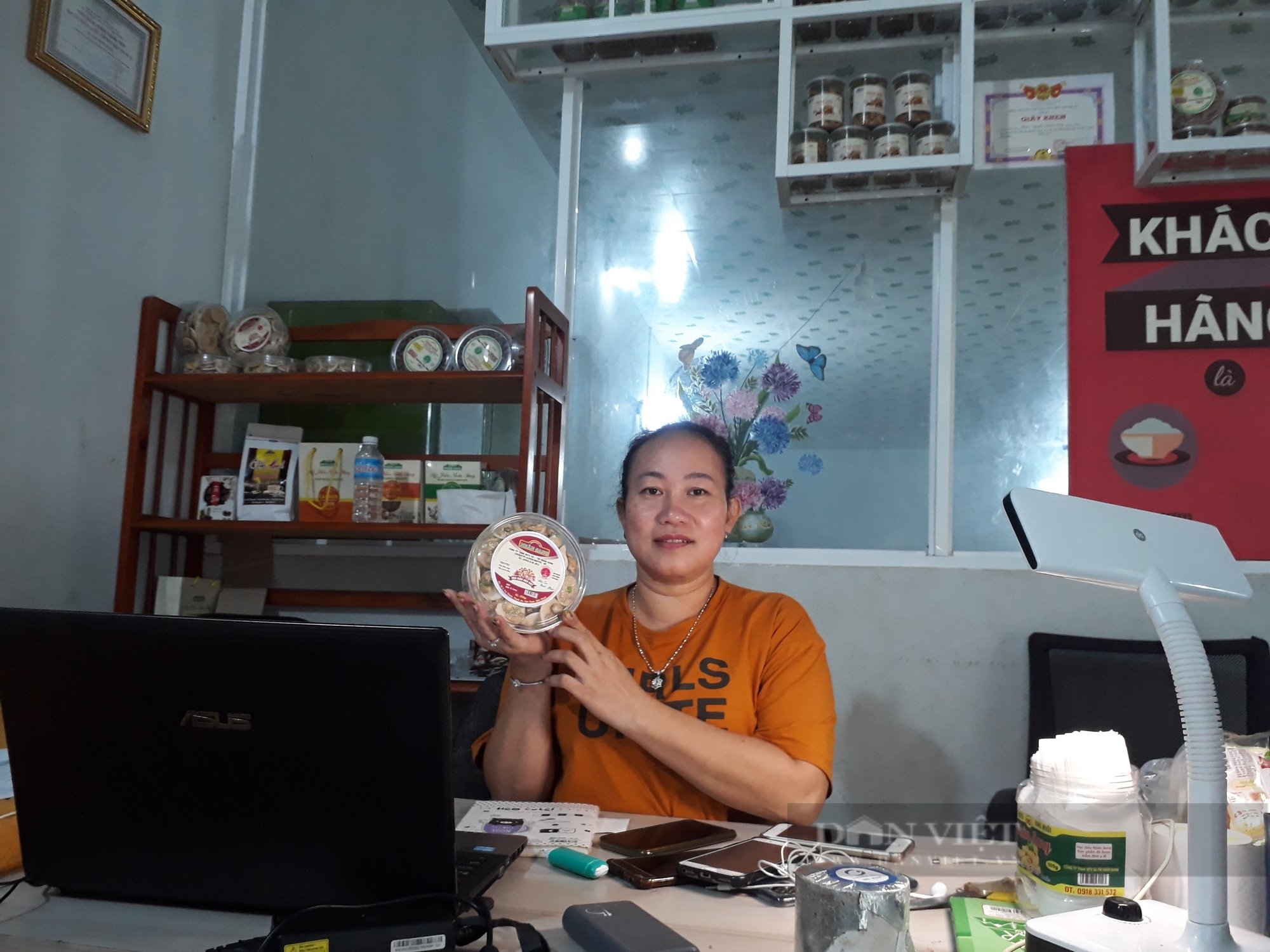





Comment (0)